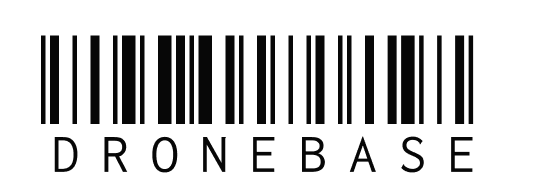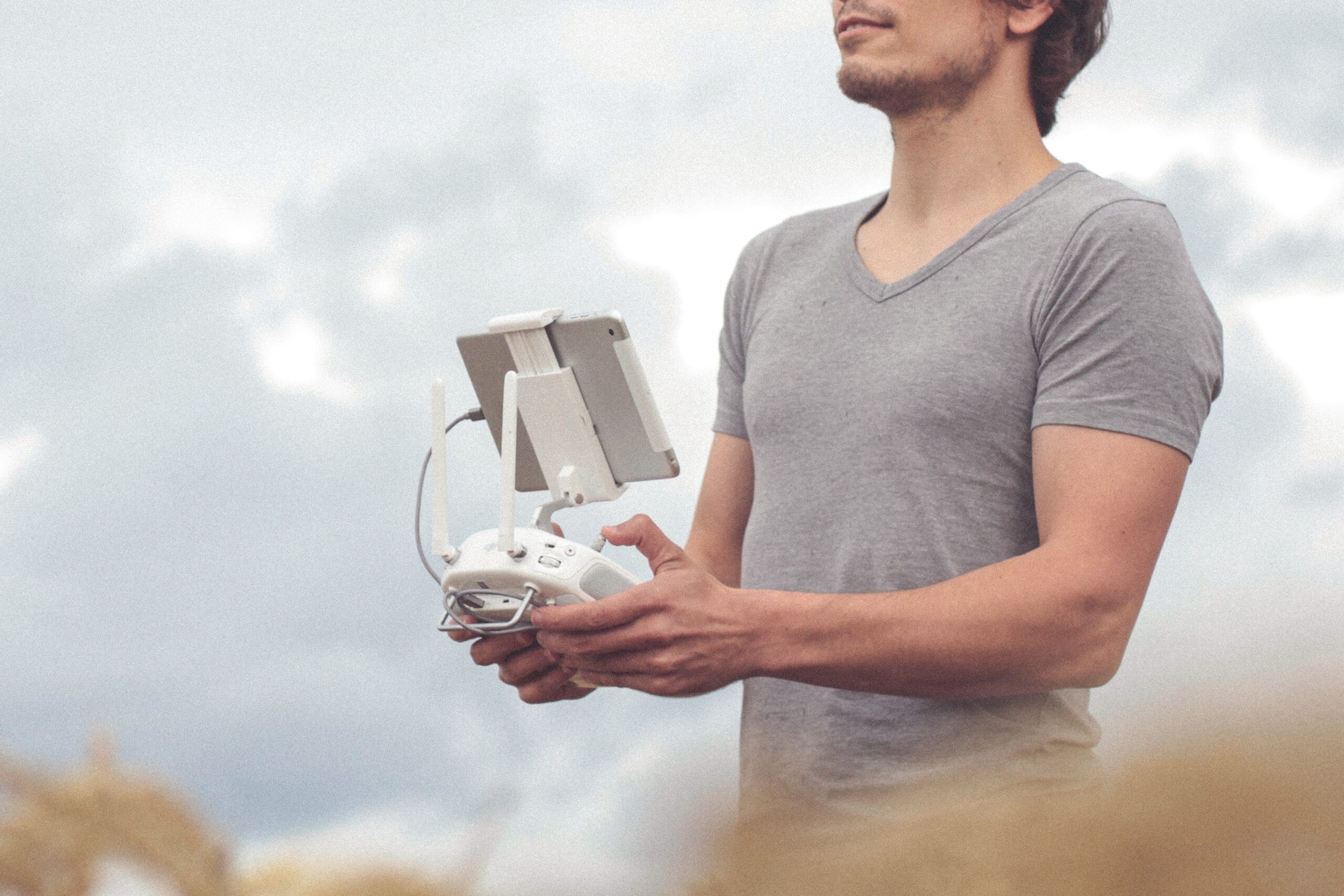A new medical device pops up!
One of the biggest trends to increase operational efficiency in the logistics sector is the use of drones. With various applications, from inventory monitoring to even delivery of goods, the use of this equipment represents an advantage mainly related to operational costs and the ability to reach remote and hard-to-reach places, depending on the operator.
The first drones emerged in a military context for the delivery of medical supplies and food precisely in hard-to-reach areas, in addition to serving to observe and attack enemies without exposing a soldier. Since their appearance in the 1960s until today, many changes have occurred and drones have been used for new purposes, until they were even used in medical logistics.
But how can drones help us in medicine? Is it safe to transport medical inputs and supplies with this equipment? What are the advantages of using an air vehicle as a solution for clinics, laboratories and hospitals? Find out in this article we prepared!
The role of drones in the medical logistics revolution
The transportation of biological materials, the delivery of laboratory supplies, the transportation of vaccines or even organs, which today are transported by ground vehicles – or in some situations by helicopters – make the process totally expensive.
These logistics not only increase costs but also mean medical inaccessibility for the end consumer, who is doubly burdened to access diagnosis and treatment by also having to pay for the transportation of inputs.
In this sense, drones, which are electric, economical and ecologically sound, have come to solve this problem. A sufficiently interesting use of drones in health care is the transport of blood components. Sometimes a single bag of blood must be transported dozens of miles, an unreal waste of resources and time, while the same trip can be made with a drone in half the time and at a quarter of the cost.
Both large blood banks and small medical services requiring blood bags are taking full and immediate advantage of the use of health-focused drones in their multifaceted operations.
The use of drones in search and rescue operations
This is a type of application already used in disaster response. In these cases, drones are used to find victims among the wreckage, bring supplies (such as water and food), basic medicines and medical supplies to hard-to-reach places. To reach victims by traditional means, such as cars and helicopters, often takes a long time, whereas in this case a drone is more maneuverable.
The drones are also useful in cases of missing persons in difficult to trace places, where the search by land is very complicated and would be unfeasible by air, with helicopters, for example, so that in these cases the use of this vehicle is of great importance.

Changing the logic of the economy with drones
Accelerated by the pandemic, due to the lockdowns, drones today are no longer a novelty, but familiar equipment to the denizens of the digital economy that the coronavirus helped establish. And they are not just in cities for deliveries: drones help in agriculture, in securing industrial or apartment complexes, and also generate jobs in their mechatronic industries.
The economic impact of the optimized use of drones in distribution and transportation is estimated at a trillion dollars, which could be better used in other areas – from scientific development to environmental conservation through carbon credits, for example. This should not exclude the medical sector
The role of drones in modern society
Drones were already being used several years ago in various industries, most notably security and agriculture. Now, however, it is about even more innovation.
The use of drones in the medical sector democratizes access to healthcare, not only reducing medical operating costs, but also creating value in patient care and solving logistical problems during natural disasters or in places where medicine is precarious or non-existent.
A true revolution is underway with the use of these unmanned vehicles. Drones will be important tools for smart cities, not only for businesses, but for society as a whole.


